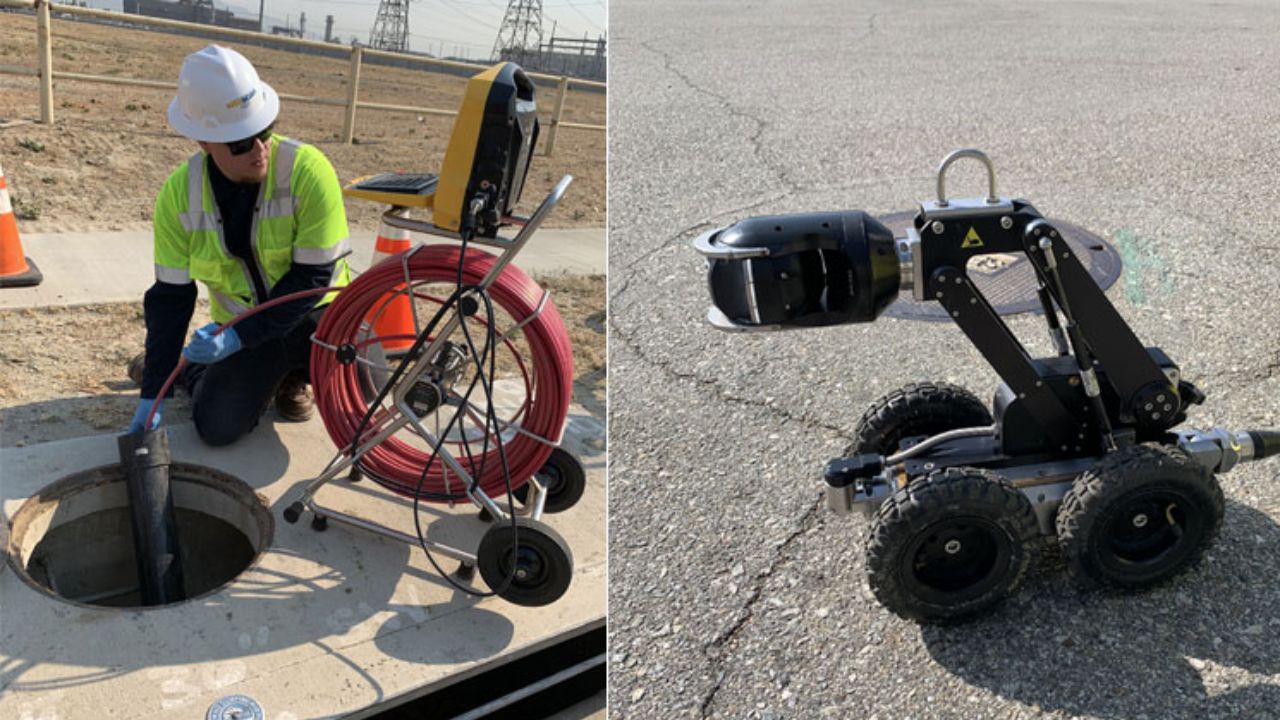In the area of modern industrial maintenance, the most important invention is the crawler robot, which has shifted focus to pipeline inspection and, consequently, maintenance. These advanced robots produced by JiuTai Technology have HD cameras and sensors that provide a clear picture of the internal condition of pipelines which was not possible with the earlier methods. This development is useful in many areas since it enhances the reliability, efficiency, and safety of pipeline operations.
Enhancing Inspection Efficiency
The conventional methods of pipeline evaluation involve the use of people to reach the pipelines, which is both tiresome and risky. Employees are expected to work in enclosed spaces and this places them in several dangers for instance exposure to poisonous substances or even the structure collapses. On the other hand, JiuTai’s sewer crawler robot does not involve a human being having to go to such risky places. These robots are designed to be operated through pipes on their own or with the assistance of a remote control and can conduct inspections with minimal human intervention. These robots are fitted with high-resolution cameras and other different sensors which assist in capturing the right images and data that is required in the assessment of the state of the pipeline.
These robots are also distance-efficient and flexible in the sense of the diameter and the layout of the pipes. Because of this flexibility, they can be applied in different uses such as in the municipal sewerage systems and the industrial conduits. This is because the robots can cover long distances of the pipeline in one instance hence cutting down the time and costs of the inspection.
Detecting and Diagnosing Issues
JiuTai’s pipe inspection robots also can detect and evaluate several issues in pipelines. They may be in the form of blockage, corrosion, crack, deformation, and sedimentation among others. These problems are better solved as early as possible because if not diagnosed, they may lead to blockages or structural collapse in the future.
For instance, JiuTai’s sewer crawler robot can travel through the pipeline and use video cameras to display the inside condition in real time. The sensors can also detect a slight change in the diameter of the pipeline or the material that may be an indication of a new developing problem.
Improving Safety and Reducing Risk
Minimizing risk is always a primary concern in industrial applications, and pipe inspection robots are essential in this aspect. Some of the traditional inspection methods include taking workers to areas that contain toxic gases or areas that are most likely to collapse. Therefore, the companies can reduce the involvement of human personnel in the performance of the inspection with the use of JiuTai Technology’s inspection robots.
Also, these robots are equipped with sensors that can diagnose conditions that are not easily noticeable by human beings. For example, they can measure the ratio of the gas in the atmosphere, temperature variations, and the presence of defects in the structure. This extensive data collection enhances the general safety of the inspection and is useful in the maintenance of the pipeline.
Enhancing the Quality of Data and Its Reporting
The quantity of data that is gathered by JiuTai’s pipe inspection robots is not only large but also precise. Advanced robotic systems are capable of preparing reports and analyses in the form of video clips, photographs, and sensors. These reports provide a clear and accurate picture of the status of the pipeline which is very useful in planning for maintenance and other decisions.
Applications Across Various Industries
Pipe inspection robots are used in the evaluation of pipelines used in the transportation of crude oil, natural gas, and other related products in the oil and gas sector. In water management, they are very useful in the monitoring of municipal sewerage systems and the reliability of water supply pipes. They are used in construction and infrastructure industries for inspection of newly constructed pipelines and other structures and also the structures that face such problems that affect their functionality.
Each industry has its benefits of pipe inspection robots that are effective, safe, and accurate in data acquisition. These robots can be applied in pipes of different diameters, materials, and conditions; therefore, they are quite valuable in pipeline networks.
Conclusion
JiuTai Technology’s pipe inspection robots are viewed as a revolution in industrial maintenance systems. These robots have brought a new face to industries in the handling of pipelines by providing a safer, more efficient, and more accurate method of inspecting pipelines. Because of their ability to detect and diagnose issues, adaptability, and detailed data output, they are an essential component of modern pipeline management systems.


